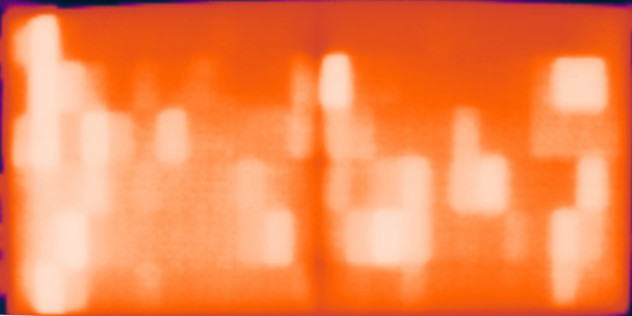Thermography
Thermography, also known as infrared (IR) imaging, is a diagnostic technique used to evaluate the thermal performance and detect defects in solar photovoltaic (PV) modules. It involves capturing thermal images that reveal temperature variations across the module, providing insights into potential issues that affect performance and reliability.

How Thermography Works
- Infrared Imaging:
An infrared camera captures thermal images of the solar module. These images display the temperature distribution across the surface of the module.
- Heat Source Identification:
By analyzing the thermal images, areas of abnormal heating can be identified. These hotspots indicate potential defects or inefficiencies within the module.
- Analysis:
The thermal data is analyzed to pinpoint the exact location and nature of the defects causing the temperature anomalies. Common issues include electrical faults, shading effects, and material degradation.
Types of Defects Detected by Thermography
- Hotspots
- Cell Mismatch
- Interconnect Failures
- Partial Shading
- Degradation and Aging
Advantages of Thermography
- Non-Destructive
- Quick and Efficient
- Real-Time Analysis
Applications of Thermography
- Field Inspections
- Quality Assurance
- Maintenance and Troubleshooting

